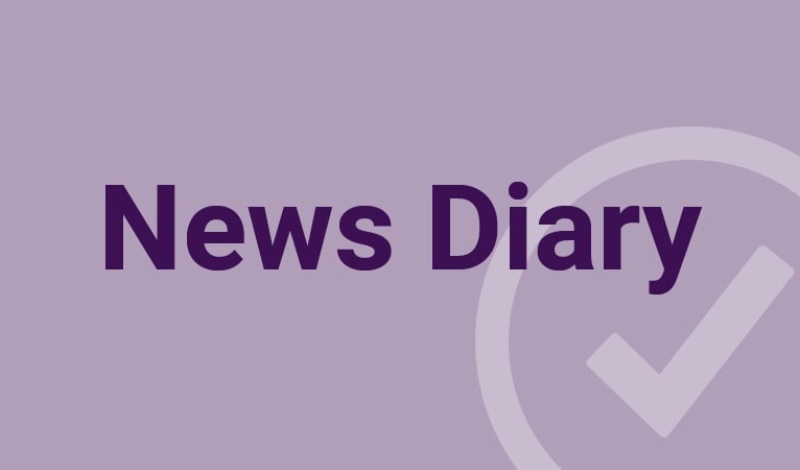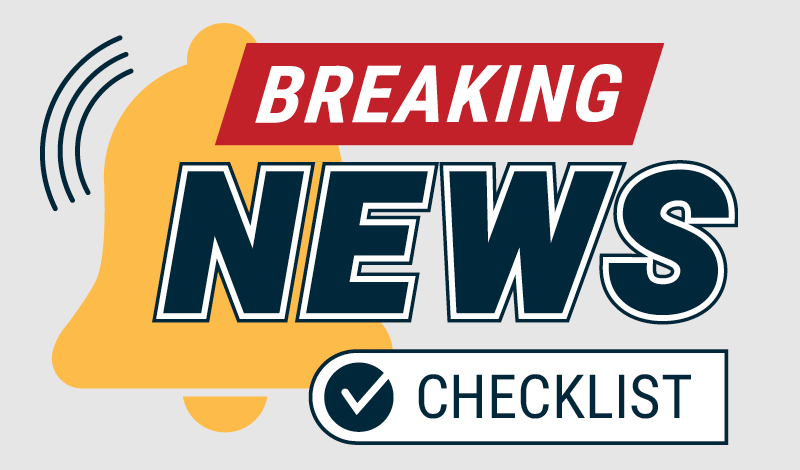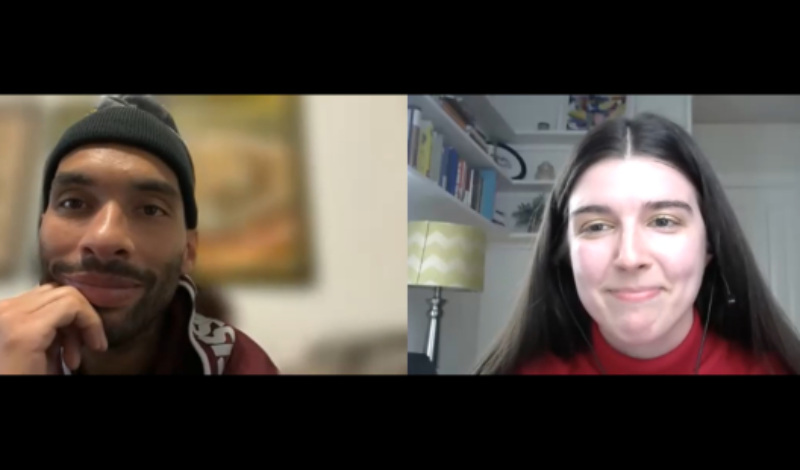
"Storm Lake" discussion guide on the importance of local journalism
This discussion guide serves as a companion for adult learners and community members viewing the PBS documentary Storm Lake.
Many sources compete for attention online, including partisan blogs and bogus sites posing as legitimate news organizations. It can be tough to know what information to trust. So what does “credibility” look like, and how can you recognize it?
We partnered with SmartNews, a news app for mobile devices, to bring you five steps for vetting news sources. The steps outlined in this infographic can help you cut through the noise and learn how to evaluate sources for signs of credibility – as well as for red flags that signal a source should be avoided:
In addition to these five steps, this infographic includes a list of “trust busters” that indicate you should immediately look elsewhere for credible news. They include:
Remember: Credible sources aren’t perfect, but information from them is much more likely to be accurate.
With so much information circulating online, it may feel overwhelming to sort credible sources from bogus sites. But being able to recognize some general signs of credibility — and steering clear of sources with red flags — can go a long way toward helping you find more accurate information.
Be sure also to check out this quiz to put your source-vetting skills to the test!
This discussion guide serves as a companion for adult learners and community members viewing the PBS documentary Storm Lake.


In this activity, students will commit to following daily news coverage from a credible, standards-based news organization for a


When big news breaks, it can be hard to cut through the noise and find accurate information. Misinformation thrives


This week, we talk to Los Angeles Times reporter Libor Jany about his role covering the Los Angeles Police


This week, we talk to Candace Buckner of The Washington Post about her role as a sports columnist. Buckner



